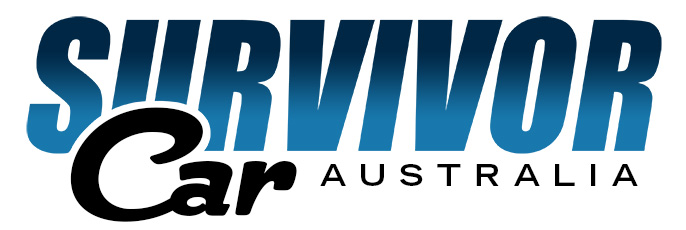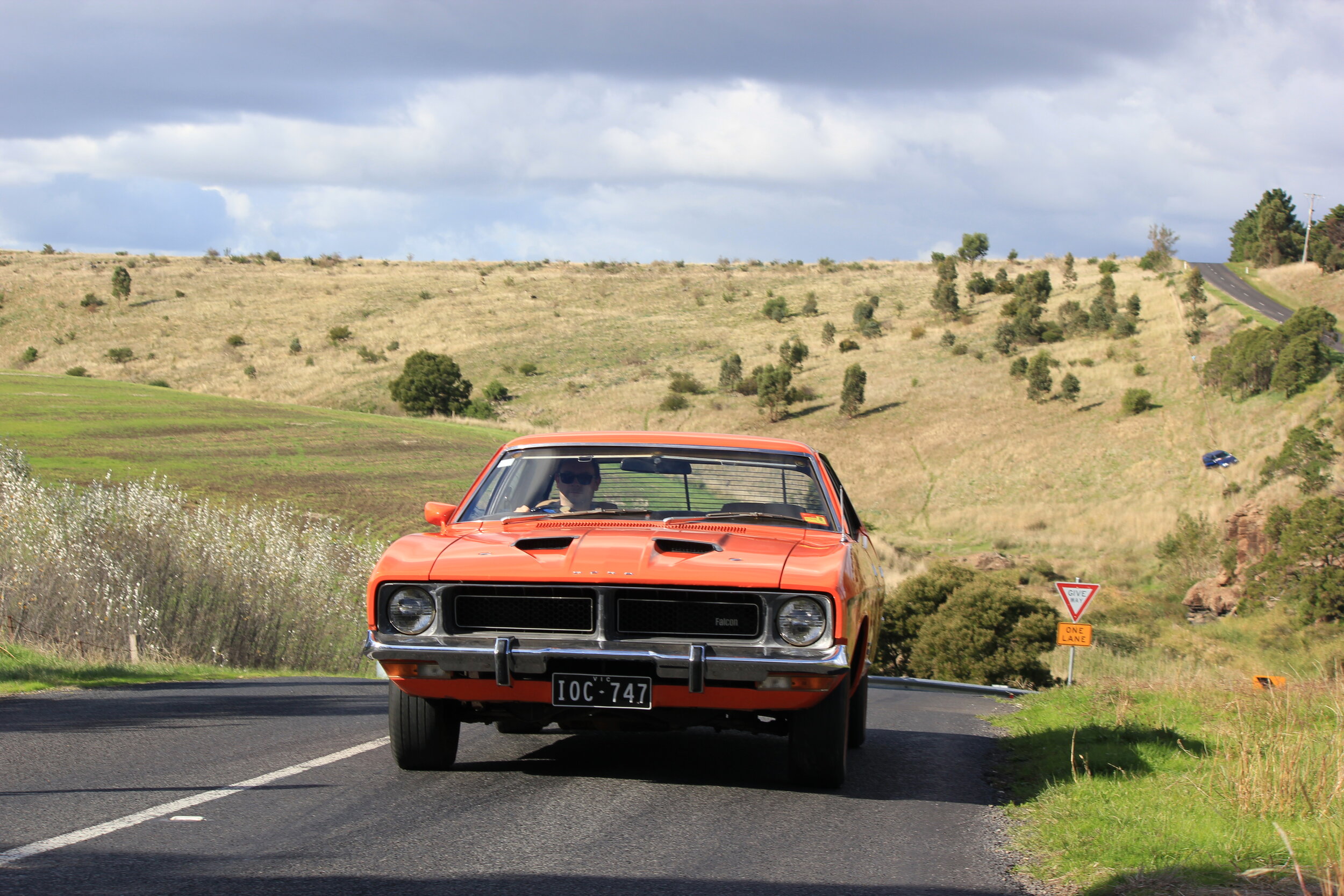The Collectable Car Index
A Survivor Car Australia magazine exclusive report!
Investors look to the Dow Jones index to monitor the stock market, and now classic car enthusiasts have their own index to refer to …
Upon reflection, 2018 was a year of surprises. Looking back 20 years, it was impossible to predict where the value of Collectable Classic cars were going, though with iconic muscle cars, many knew the only way was up. Trends change, bubbles burst, and new collectors and buyers join the market – all having varying effects on the prices old cars sell for. In the past, the Collectable Classic market has tended to follow global economic trends. When the economy slows down, so does the flow of old cars being sold. When business is tough, classic cars come to market – often at lower prices to ensure a quick sale.
The ‘ripple effect’ that follows can be rapid or sluggish, but it is noticed by the buyers and sellers alike There are always cars that go against all trends, normally because of their ultra-desirability and uniqueness – and the fact that they have not been offered for sale publicly for many years – if ever at all! These are the elite cars – often with links to the racetrack – with significant provenance and history helping to complete the story and justify huge prices. Believe none of what you hear, and half of what you see, as there are plenty of Collectable Classic cars that are sold outside of the public eye. These cars change owners via enthusiast circles, car clubs, and word of mouth. Those cars you may not know about, but our insiders certainly do!
VIP Automotive Solutions has analysed over 50 years of sales data, to provide the public with a snap shot of the history of collectable car values in Australia. Just like investors look to the Dow Jones Index to measure the share market, the Collectable Car Index provides a fact based indicator of the trends in prices of collectable classic cars over the past 30 years. It is a visual representation of a particular segment of the market or car, which will show its rise and fall in value over a period of time. The Collectable Car Index is designed to provide the ‘bigger picture’ of what the value of a classic car was at a particular time, and what it could lead to in the future.
Is now the best time to buy? Where is the market heading next? What’s your old car really worth? The answers are to follow, so please read on…
THE FACTS: Many purchases of Collectable Classics are based on emotion, bought by enthusiasts who have passion for their chosen make and model. But the truth ultimately lies in the facts – and that is where we can summarize the past and look towards the future. In general, across 2018 values have held and, in some cases, even slightly dropped. What is apparent, is that the higher spec models are being sought by buyers, and the more basic models are not selling as frequently or for as much. So when we look at the facts, the statistics tell us that the value at the top end of each model is slightly creeping up, and the value at the bottom end of each model is marginally falling. For this year, the facts show us that there has been more activity with the desirable makes of each model, which is reflected in the Index.
THE FIGURES: The figures used in the Collectable Car Index are from a number of industry sources. They range from auction houses, leading online classifieds, classic car dealers, valuation experts, and collectors themselves. For example, the Index is based on the average selling price of the top 50collectable cars in the Australian market. To keep the data accurate, the Index excludes ‘Icons’ which are cars that may cause the Index to spike.
THE ICONS: Iconic cars generally go against trends, and are sought after no matter what is popular at the time. Generally, these have been the cars that have sold for the highest prices in the past. The sales of these cars have broken records, surprised onlookers, and frightened accountants in the past. They are dream cars for most, and rarely come up for sale.
Those cars excluded from the Collectable Car Index are:
■ 1971 Ford Falcon XY GT-HO Phase III ■ 1977 Ford Falcon XC Cobra Option 97 ■ 1968 Holden Monaro HK GTS 327 ■ 1977 Holden Torana LX SS A9X Hatch ■ 1970 Valiant Pacer E34 ■ 1972 Valiant Charger VH E49 R/T ■ 1968 Shelby Mustang GT500 ■ 1970 Plymouth Superbird ■ 1966 Shelby Cobra 427 ■ 1965 Aston Martin DB5 ■ 1973 Porsche 911RS ■ 1954 Mercedes-Benz 300 SL ■ 1972 Ferrari Dino 246 GT Berlinetta
THE TRENDS: In Australia, the Index reveals that it was in fact European cars that were most valuable in the 1980s. It wasn’t until the mid- 1990s that the American cars really began to gain value over the Euro classics. In late 2005, the Australian cars experienced a sharp rise – known as the Muscle Car Boom – which continued steadily until around 2008, and was then followed by a decline for all cars in 2009 after the disastrous Global Financial Crisis (GFC). A brief recovery was shown in early 2010, followed by further decline in the following two years. A trend of slow increases followed from 2012 onwards, where the market continued its recovery. Seven years on, prices are now levelling out across all markets and becoming more stable. Where the values go over the next 12 months will be dependent on the global economy and the local real estate market. That does not mean that the Collectable Classic market will mirror those areas, but it certainly will react to it.
THE SUMMARY: The market growth has slowed, and appears to be levelling out and becoming steadier. The huge climbs and fluctuations have ceased, however some collectors that have bought to invest in the previous year or two, are right to be nervous. The last significant drop in values was around ten years ago, and history will show that bubbles burst and things can definitely change. Don’t let the values deter you from living your dream of owning an old car, just put in the time and effort when you are ready to buy and do your homework. There are only two times in life, now and too late so don’t leave it too long to get behind the wheel of a classic on your bucket list. Provenance and originality continue to be the biggest factor of highest values, after all – they’re only original once!
We’d also recommend you have the latest copy of The Complete Classic Car Value Guide at hand, using the handy colour tabs to double check prices. Better yet, subscribe to the Value Guide today and you’ll receive the updated Value Guide each year! Order your subscription via the subscriptions tab at the top of this page, or call the Subscription Hotline on Ph: 03 9386 8833.
But for now, if you are in the market to buy, then make sure you take a good look at the car, and if you are unsure then get a second opinion or better yet a professional opinion from a classic car expert or a pre-purchase inspection service such as www.vipautomotivesolutions. com.au. Our last piece of advice is this: Buy the best car that you can afford at the time, and then enjoy it. There is no point keeping the mileage low on your classic so ‘the next guy’ can enjoy it more than you did. Join a club, go for a drive, take your car to a show, get your car out in the traffic as often as you can. It will bring a smile to your face, and it will also bring plenty of smiles to other motoring enthusiasts out on the road.





